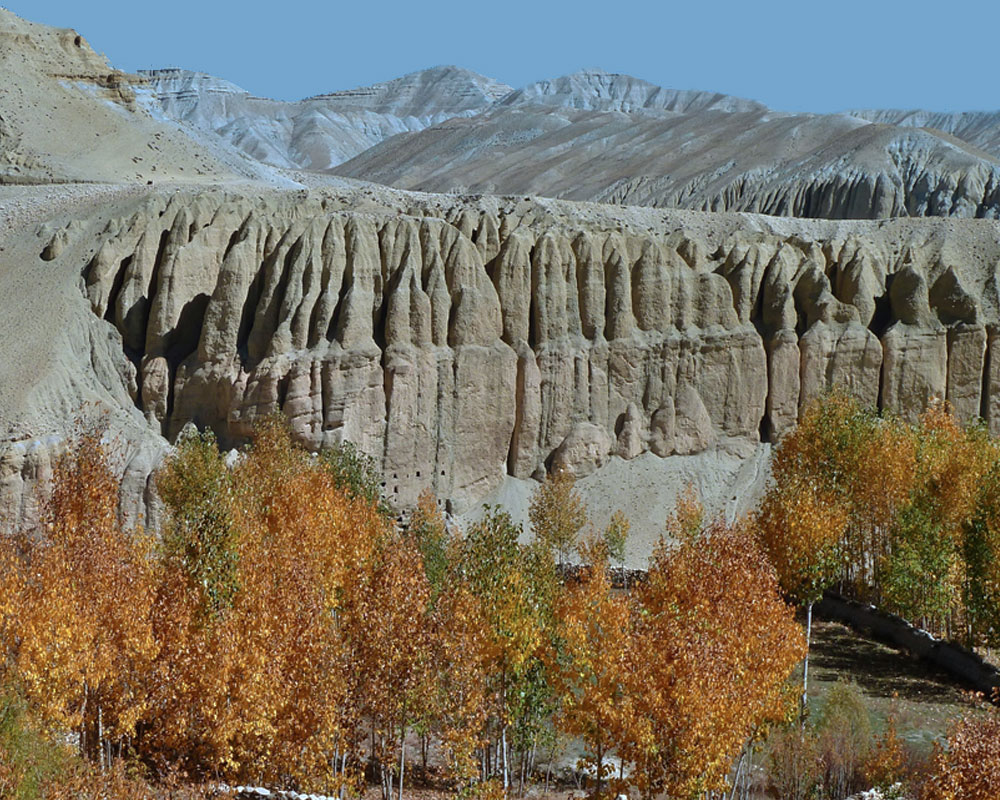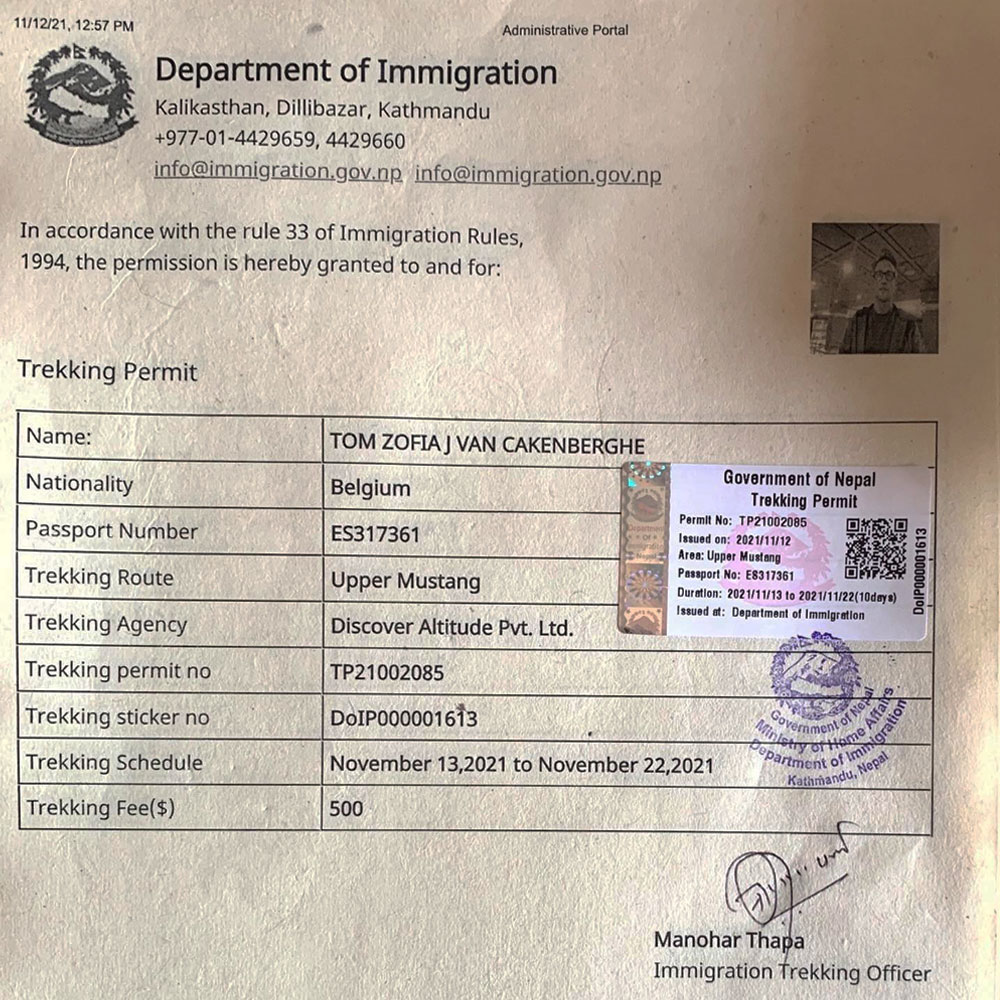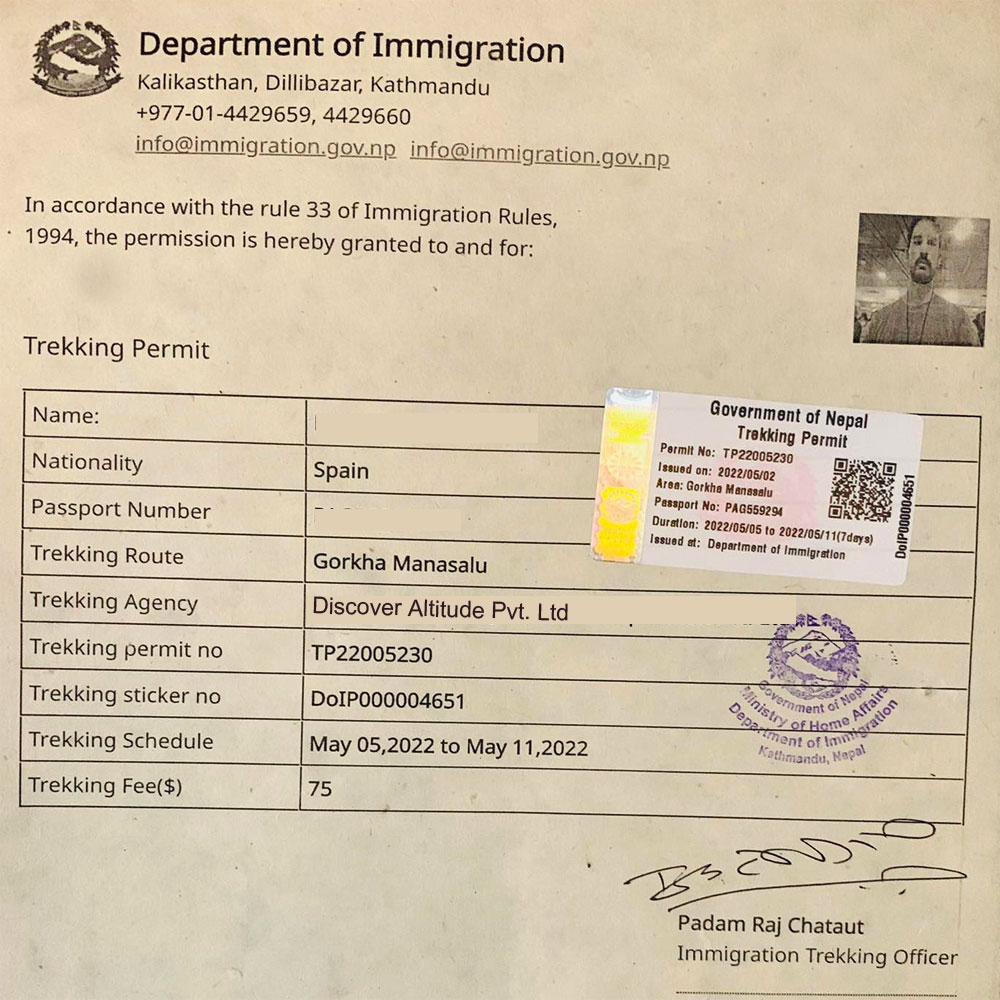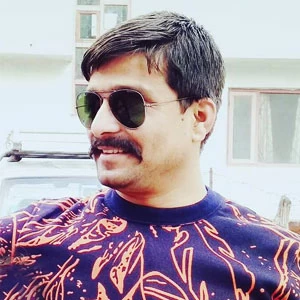A Complete Guide To Restricted Areas and the Required Permits in Nepal
Trekking in Nepal is a popular adventure activity from low altitudes to high all with splendid views of the hills and Himalayas. Trekkers can choose the trail according to their interest, physical fitness level, and time frame.
Normally, trekkers in Nepal are allowed to trek as Free Individual Trekkers (FIT) or in groups of different sizes. However, there are some trekking areas in Nepal known as ‘Restricted Areas’ which are highly monitored and regulated by the government of Nepal and hence Free Individual Trekkers are forbidden to trek.
Trekking into these restricted areas requires Special Permits, which are known as Restricted Areas Permits (RIP). These permits can only be obtained from the Department of Immigration in Kathmandu through an authorized trekking agency (only).
If you are interested in restricted areas trekking in Nepal, make sure you contact an authorized trekking agency registered in Nepal, like Discover Altitude. If so, then the agency can apply for restricted area permits on behalf of the trekkers (foreign nationals).
Any individual despite of his or her nationality is not guaranteed to obtain Restricted Area Permits unless he/she applies through the registered trekking agency in Nepal, under different government departments.

What is a restricted area in Nepal?
Nepal is blended richly with nature and culture, there are numerous Himalayas, national parks, conservation areas and diverse settlements of humans. All of these make Nepal, once is not enough to visit.
Trekkers can visit any part of Nepal, as the country is open to all foreign nationals. However, there are some areas which are regarded as restricted areas in Nepal for foreign nationals.
Until October 1991, many areas of Nepal bordering Tibet were declared restricted zone forbidden for foreign nationals to enter but now it is open for all but with Special Permit.
Lots of travellers question, why some areas in Nepal are restricted for travellers. The simple answer is for the safety and security of the trekkers.
Mainly, restricted areas are to the high altitude bordering Tibet. In these areas, human settlement is very low and the trail is not busy, thus it is regarded as a risky zone for free individual travellers.
Another possible reason is to stop illicit activities of travellers entering the remote parts of Nepal bordering Tibet controlled by China.
So, with strict provisions trekkers can visit restricted areas through authorized trekking agencies in Nepal, like Discover Altitude.
Who Needs to obtain Restricted Areas Permit in Nepal?
Foreign nationals need Restricted Areas Permit (RAP) while visiting those areas like Upper Mustang, Manaslu, Tsum Valley etc. These RAP permits cost extra and can only be obtained from the Department of Immigration in Kathmandu, through an authorized trekking agency.
there are numerous popular trekking trails like Everest Region Trek, Annapurna Region Trek, Langtang Region Trek etc where trekkers can trek as Free Individual Trekkers (FIT), without a guide or agency upon paying the entrance fee of conservation areas only, which can be easily obtained in the office at Nepal Tourism Board, Kathmandu or Pokhara.
From where can we obtain Restricted Area Permits (RAP) in Nepal?
Restricted Area Trekking Permits can only be obtained from the Department of Immigration, through an authorized trekking agency like Discover Altitude registered in Nepal.
However, the RAP Trekking Fees vary from area to area, the number of days/week and also the season of the year, and the bottom-line requirement for obtaining RAP permits is, that there must be at least 2 trekkers for the trek.
Conditions apply to the trekking agency in Nepal for obtaining a Restricted Area Permit:
Apply through the online application forms
- Name list of all trekkers
- Copy of trekkers passport (must)
- Trekking Itinerary of that particularly restricted areas
- Copy of valid visa for Nepal visit covering numbers of required days for Restricted Area Treks
- Guarantee letters of Trekking Agency
- Trekkers' agreement with the agency
- Tax Clearance certificate of the Trekking Agency
- All insurance documents of the trekkers (foreign nationals) and Nepali trekking staff accompanying the trekkers.
- Trekking Agency license issued by ‘The Ministry of Tourism.
- A license issued to Trekking Agency by The Nepal Rastra Bank to exchange foreign currency
- Certificate of Permanent Account Number (PAN) of Trekking Agency
- Voucher of Bank Payment related to fees of Restricted Area Permit
Do’s and Don’t by Trekkers in Restricted Areas:
Trekkers must respect local culture, customs and traditions.
Individual Trekkers are strictly forbidden to enter restricted areas, there should be at least 2 trekkers (group) while trekking in restricted areas
Restricted Areas Permits (RIP) must be carried while trekking.
Trekkers should be accompanied by a registered trekking guide and/or Porter.
Trekkers and accompanying Nepali staff must have accidental travel insurance.
Trekkers must follow the confined trekking route as disclosed during obtaining a Restricted Areas Permit, they cannot divert or change their route.
Trekkers must agree with the instruction given by authorized officers in the restricted areas.
There are 15 Restricted Areas in Nepal and the required fees are as followed:
S.No
Restricted Areas in Nepal
Required Permit Fees
Upper Mustang (Mustang)

Tsum Valley Areas (Gorkha)
September-November
- USD 40 per person/week
- USD 7 per person/day
- (beyond 1 week)
December-August
- USD 30 per person/week
- USD 7 per person/day
- (beyond 1 week)
Manaslu Areas (Gorkha)
September-November
- USD 100 per person/week
- USD 15 per person/day
- (beyond 1 week)
December-August
- USD 75 per person/week
- USD 10 per person/day
- (beyond 1 week)

Gosaikunda Municipality (Rasuwa)
Nar and Phu Trek (Manang)
September-November
- USD 100 per person/week
- USD 15 per person/day
- (beyond 1 week)
December-August
- USD 75 per person/week
- USD 15 per person/day
Khumbu Pasang Lahmu Rural Municipality Ward no. 5 (Solukhumbu)
- USD 20 per person for 4 weeks
- USD 25 per person beyond 4 weeks
Upper Dolpa
- USD 500 per person (for the first 10 days)
- USD 50 per person/day (beyond 10 days)
Lower Dolpa
- USD 20 per person/week
- USD 5 per person/day (beyond 1 week)
Humla
- USD 50 per person/week
- USD 10 per person/day (beyond 1 week)
Taplejung
- USD 20 per person/week (for the first 4 weeks)
- USD 25 per person/week (beyond 4 weeks)
Dolakha
Darchula
- USD 90 per person/week
- USD 15 per person/ day (beyond 1 week)
Sankhuwasabha
- USD 20 per person/week (for the first 4 weeks)
- USD 25 per person/week (beyond 4 weeks)
Bajhang
- USD 90 per person/week for the first week
- USD 15 per person/day (beyond 1 week)
Mugu
- USD 100 per person/week
- USD 15 per person/day (beyond 1 week)
Note: Free Individual Trekkers, either single or in a group cannot obtain a RAP permit unless they are applied through a Registered Trekking Agency in Nepal and have a guide to accompany them throughout the restricted areas.
For more information: WhatsApp: +977-9841161593




